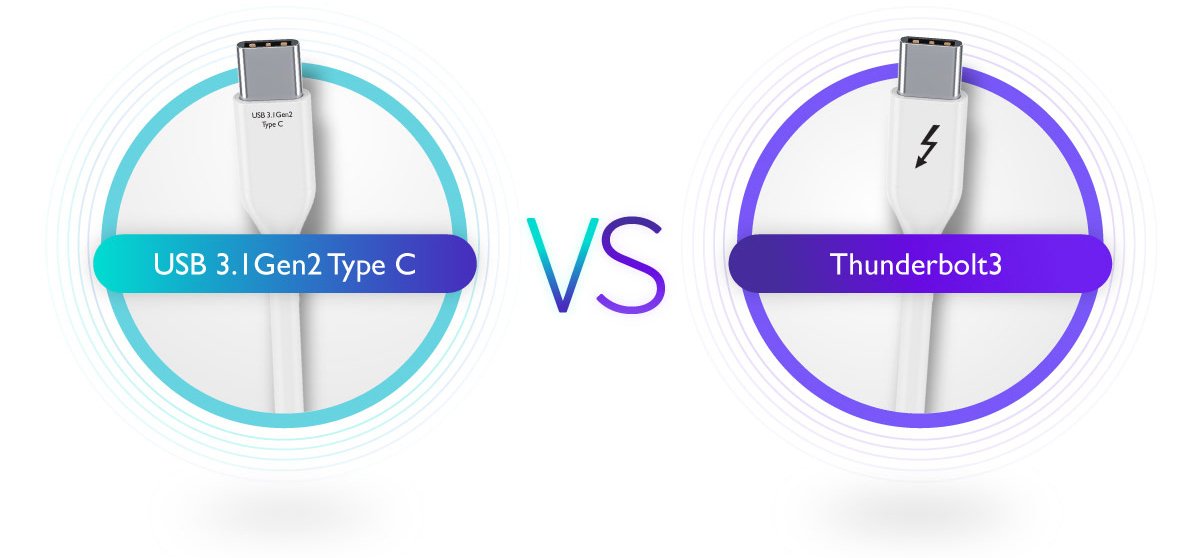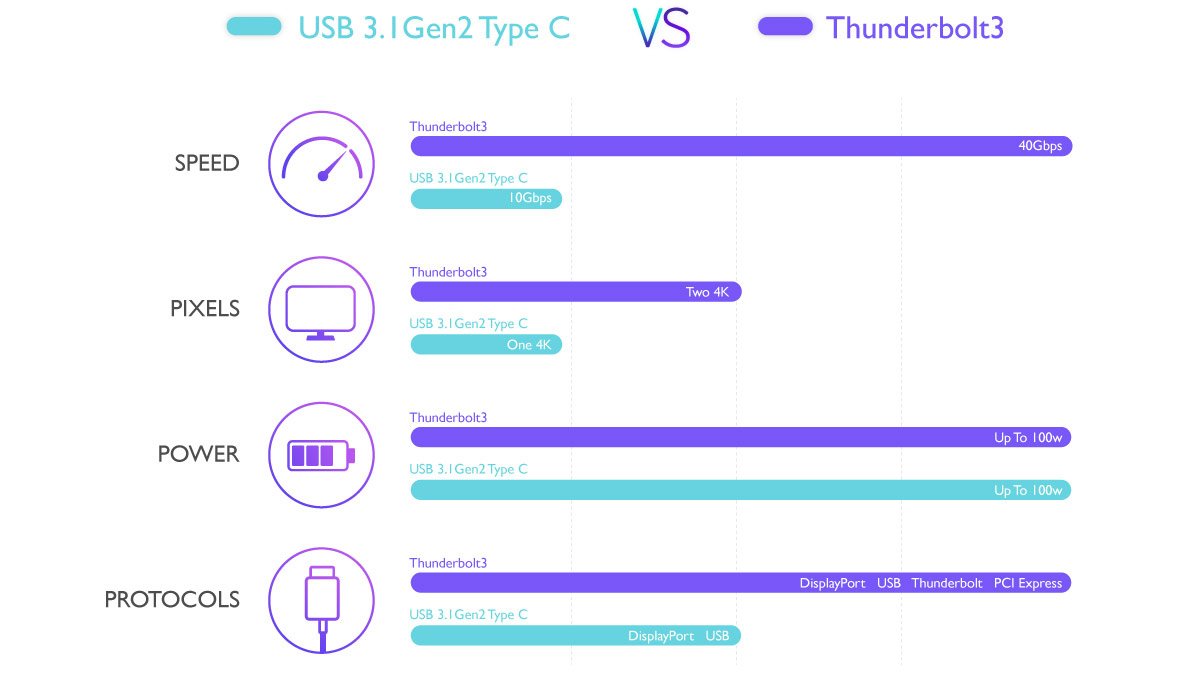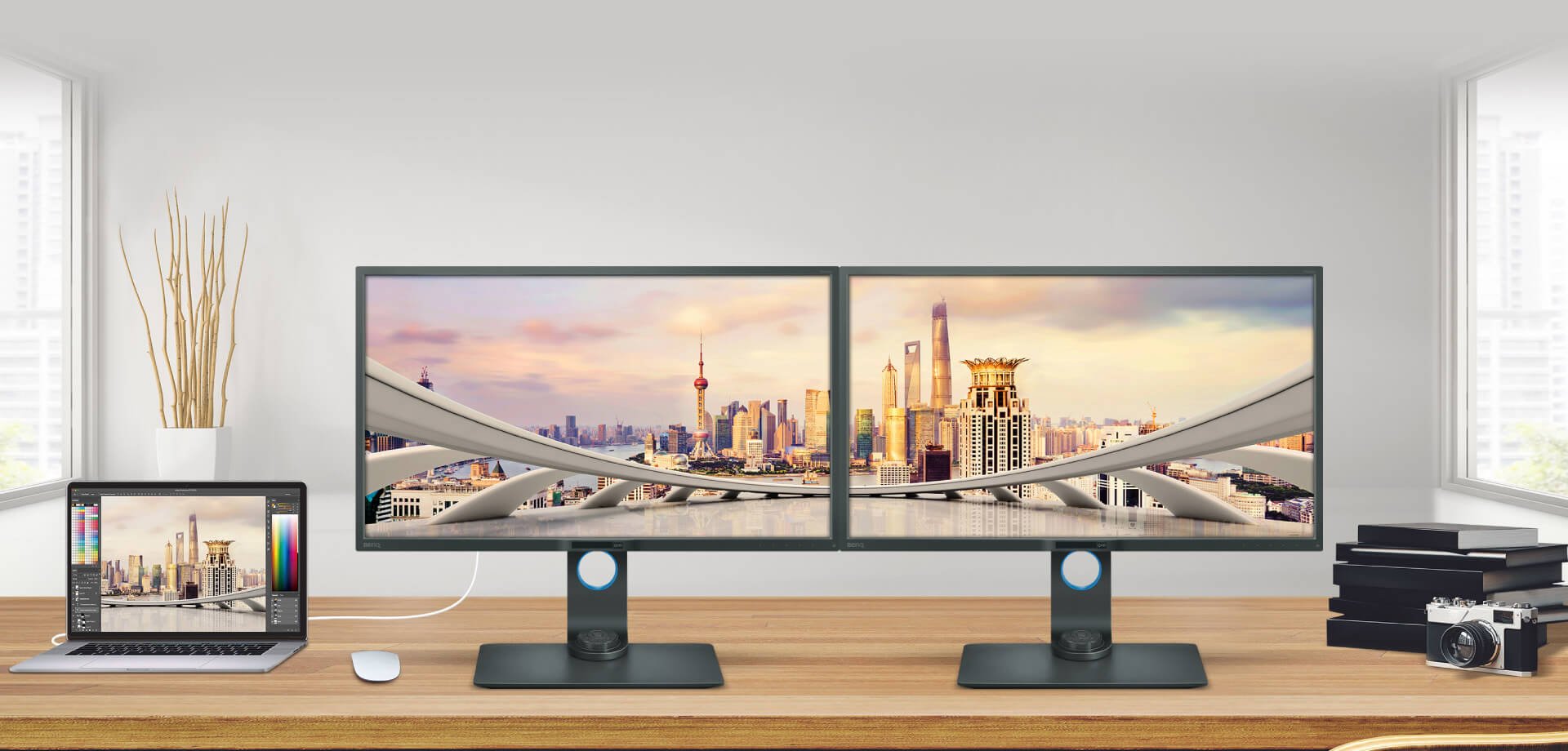Projector
Monitor
Lighting
Digital Display
Job References
Pardon the headline.
It’s just, here in awards season, it’s hard not to get swept up in Rami Malek’s electrifying performance as the even more electrifying Freddie Mercury in the Best Picture-nominated Bohemian Rhapsody. The Brian Singer film is a biopic of a band and its front man and it uses a wide palette to paint a picture of one of rock’s most legendary showmen.
Like his other films such as The X-Men, Star Trek: Nemesis and Superman Returns, Bohemian Rhapsody is a cinematic wonderland of rich tones and deep contrasts, vivid colors and towering cinematic spaces. Now that it’s available to stream at home or on DVD, Blu-ray and 4K UHD, the question has to be how can that megaplex cinema experience be recreated? What if you are a designer or filmmaker yourself, and you want a display that can accurately transform your vision into a collection of densely-packed pixels portraying the color, the contrast and detail in your mind’s eye?
The good news is there are many options and prices.
The bad news is there are many options and prices.
So, let’s break it down.
At BenQ, we believe that design and technology function best when they serve the real needs and wants of people. This concept is at the core of our people-driven approach to design and technology. We have solutions for every need and budget. To generalize, there are two categories of digital displays, depending upon the type of connections they offer. Certain cables can carry both power and data and others can transmit a wider bandwidth of information, resulting in super high dynamic range images.
The latest BenQ monitors offer both USB Type C™ or Thunderbolt™ 3 connections.
The good news is both connectors and cables share the same shape and size and look identical.
The bad news is both connections and cables share the same shape and size and look identical.
Wait…what?
Let’s have a look at both solutions and the benefits and costs of each.
We promise to keep it from getting very, very frightening, you see?
The USB, or Universal Serial Bus standard has been around since 1996. It was created to standardize computer cables, connectors, communication and power supplies. The idea was for a universal solution for the collection of computers and the plethora of peripherals. You’re familiar with USB. It’s the cable that only plugs in one way and you have to try it a minimum of three times before getting it right. That’s the USB-A connector, shown here:
Now the USB standard is on its third generation (3.1) and the connector is now Type C. (And that’s on generation 2, by the way) The Type C connection is omni-directional, which means it doesn’t matter how you plug it in. First time, every time!

The USB-C cable has the same connector on both ends.
As computer and display designers envisioned thinner laptops and skinnier displays, they realized the USB-A port was too chunky for their aesthetic. Ergo, USB Type C.
The USB-C connection and the USB 3.0/3.1 protocols for data bandwidth were revolutionary, allowing for much faster data transmission speeds between devices than its ancestors. But, the demand for data is insatiable. We want more and we want it faster. Like a bolt of lightning, a new standard evolved.
Technology marches on. Ain’t no stopping it.
People that work in the digital realm are more and more concerned with enhancing productivity and efficiency. For design professionals like graphic artists, photographers and filmmakers, the amount of data and bandwidth they need to corral and transfer has grown exponentially.
Intel calls Thunderbolt 3 “the USB-C that does it all.” It came onto the scene a short time ago and shook the technology world. It is one powerful protocol, indeed.
Figuring out which cable to use can be a chaotic process, especially now. As we mentioned earlier, USB-C (USB 3.1 Gen2 Type C) and Thunderbolt 3 often look identical to each other at a glance. Picking the wrong cable can throttle your bandwidth and unnecessarily compromise the transmission speed.
So how is one of these things not like the other?

One of the reasons why users often get confused between Thunderbolt 3 and USB 3.1 Gen2 Type C is, as we mentioned before, both cables’ connectors looks exactly the same. But…the same plug is paired up with different transmission protocols.
Both cables are equipped with USB-C plugs but they each have their own transmission protocols, which are Thunderbolt 3 and USB 3.1. Despite the difference in these transmission protocols, Thunderbolt 3 and USB 3.1 Gen2 Type C can share the same USB-C port. For example, if users connect a USB-C laptop to a Thunderbolt 3 monitor, it works. The only difference is the USB 3.1 Gen2’s bandwidth limitation. Thunderbolt 3 can push 40 gigabits per second, while USB-C can only transmit 10 gigabits per second.
To optimize performance, users must make sure that their laptop’s USB-C port supports DisplayPort Alternate Mode (sometimes called DP Alt Mode). That allows a USB-C equipped laptop to connect directly to a Thunderbolt 3 or a USB-C display monitor.
Since there are several protocols for USB-C ports, users must be aware of what their desktop’s or laptop’s USB Type C port supports, whether it’s DisplayPort Alternative Mode or power charging. That’s the benefit of the one cable solution.

So, you may well ask, “Which one is better, Thunderbolt 3 or USB-C on my monitor?”
A quick comparison (in the infographic above) shows that Thunderbolt 3 offers a higher bandwidth, which enables it to support two 4K monitors while offering a faster data transmission speed.
Compare that to USB-C, Thunderbolt 3 is also compatible with more transmission protocols, meaning that it can be used with more types of devices. If your workflow demands the use of multiple monitors, Thunderbolt 3 allows you to “daisy chain” them, allowing you to display one large image spanning several monitors, like this:

Designers with demands to use two 4K monitors at work will find BenQ Thunderbolt 3 monitors the better choice because USB-C can only support one 4K monitor. Another solution would be to connect a Thunderbolt 3 display directly to an external graphic card (eGPU) or external storage like NAS, creating a powerful design workstation. Incorporating a Thunderbolt 3 notebook like the latest Apple Macbook Pro into the setup would provide both desktop and portable options.
On the other hand, if you only require one 4K monitor and are on a tight budget, the range of BenQ USB-C monitors would be your best bet. If high bandwidth data transfer and the additional expense of Thunderbolt 3 don’t satisfy your workflow or budget, or are really more technology than you need, the USB-C displays in the BenQ catalog are an attractive – and affordable option.
Additionally, since Thunderbolt 3’s bandwidth is higher, files can be transferred between devices much faster. (As long as both devices feature Thunderbolt 3). Four times faster to be precise. Huge files like 4K video are best transferred using a Thunderbolt 3 connection. A great example of this would be a nonlinear digital video editing setup with media on an external hard drive. The 40 gigabits per second transfer enables smooth and quick access to your media. The same holds true for the richer 4K video. To accurately present all of the detail a super-fast connection is necessary.
Conversely, if you are mostly transferring files of smaller sizes, a monitor with Thunderbolt 3 might be overkill. The 10 gigabits per second speed of the USB-C would be the best option.
BenQ has you covered for both USB-C and Thunderbolt 3 display solutions, to meet both your workflow and your budget. Check out these links: